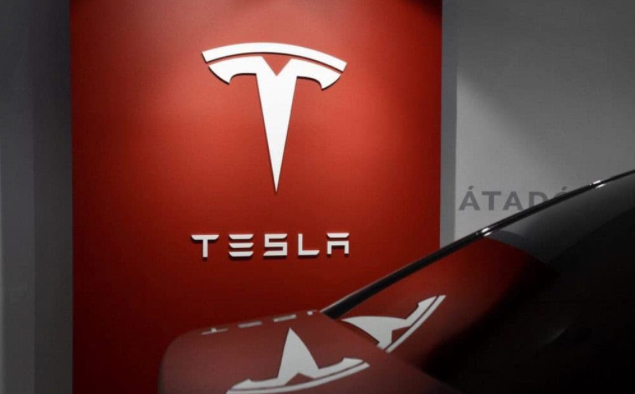Tesla Inc. (NASDAQ: TSLA) began 2025 on a turbulent note, reporting record fourth-quarter vehicle deliveries for 2024 while marking its first annual delivery decline in over a decade.
The drop has fueled concerns over rising competition and market saturation in the electric vehicle sector. Following the announcement, Tesla’s stock plunged 6% during the January 2 trading session, with premarket trading pricing shares at $381, extending a steep five-day decline to nearly 18%.
Record deliveries, yet below expectations
In the final quarter of 2024, Tesla delivered 495,570 vehicles, falling short of the consensus estimate of close to 500,000 units.
For the full year, deliveries totaled 1.79 million, down 1.1% from the 1.81 million units delivered in 2023, marking Tesla’s first annual delivery decline in more than a decade.
Fourth-quarter production stood at 459,445 units, with deliveries dominated by the Model 3 and Model Y, which accounted for 471,930 units. Other models, including the Model S, Model X, and the Cybertruck, added 23,640 units.
Energy storage deployments continued to show progress, with Tesla achieving 11.0 GWh in Q4 and 31.4 GWh for the entire year, reflecting growth in the company’s renewable energy portfolio.
In China, Tesla’s second-largest market, the company achieved record sales of over 657,000 vehicles in 2024, reflecting an 8.8% year-over-year growth driven by extended discounts.
However, competition remains fierce, with Chinese EV leader BYD reporting a 12.1% increase in battery-electric vehicle sales, delivering 1.76 million units during the same period.
BYD’s aggressive pricing strategies and rapid expansion into both Asian and European markets position it as a strong competitor, putting additional pressure on Tesla’s growth ambitions.
In the U.S. and Europe, Tesla faced headwinds. Reduced European subsidies and a shift toward lower-priced hybrid vehicles hurt sales, with October registrations in Europe dropping 24%. Volkswagen’s Skoda Enyaq SUV overtook the Tesla Model Y as the best-selling EV in the region, according to data from research firm Jato Dynamics.
Meanwhile, in the U.S., high borrowing costs appear to have tempered consumer enthusiasm. Incentives such as interest-free financing and complimentary fast-charging may not have been enough to counteract these financial headwinds, showing broader challenges in sustaining EV sales momentum.
That being said, Tesla plans to release its Q4 2024 financial results on January 29, 2025, which could shed more light on its strategy to navigate a competitive and slowing EV market.
Wedbush analyst Dan Ives described the delivery numbers as “respectable” but noted that missed expectations could weigh on sentiment in the short term.
“TSLA announced its Q4 delivery numbers of 495.6k vehicles below the Street’s whisper numbers of ~500k. While knee-jerk stock will be down we view these as respectable numbers with all of our focus on the 2025 growth story and autonomous vision. Buyers today on any sell-off.“
Despite these hurdles, Tesla’s stock surged nearly 60% in 2024, fueled by optimism about the company’s long-term growth potential.
However, meeting Elon Musk’s ambitious target of 20% to 30% sales growth in 2025 will require overcoming significant challenges, including market saturation, intensifying competition, and broader macroeconomic headwinds.

